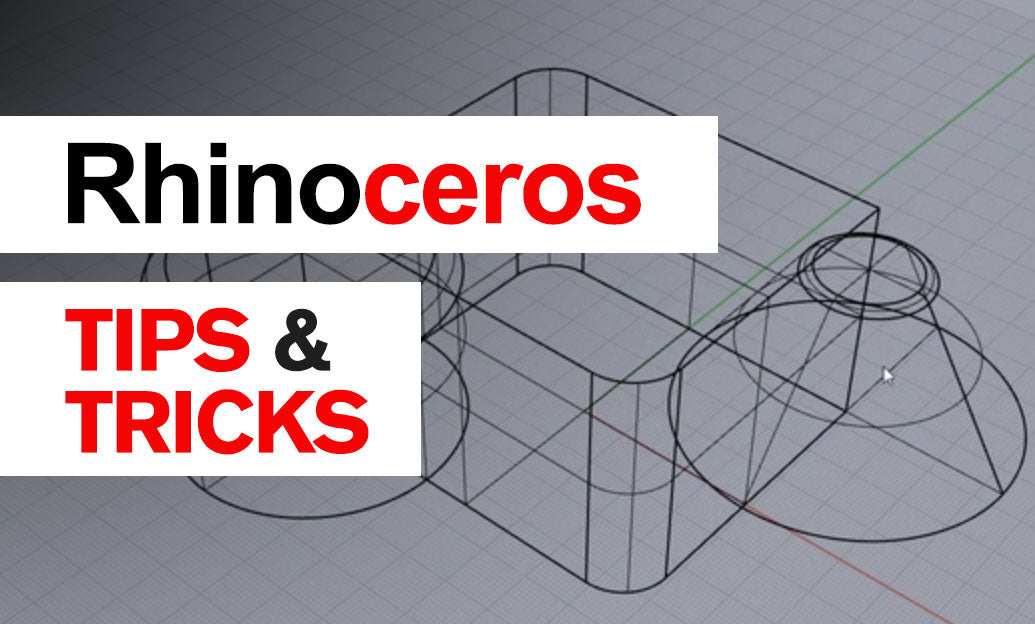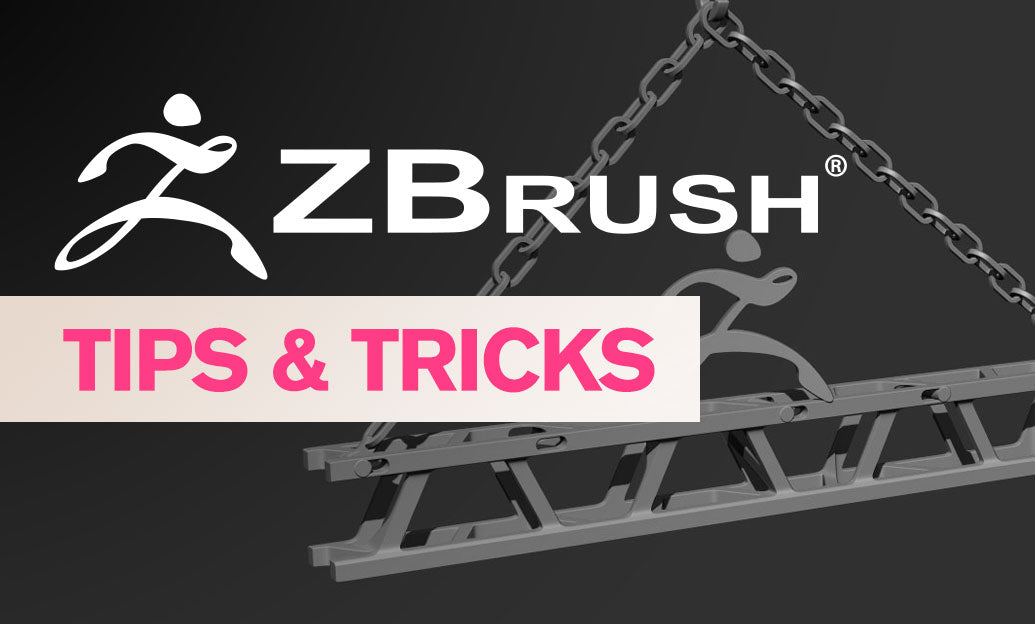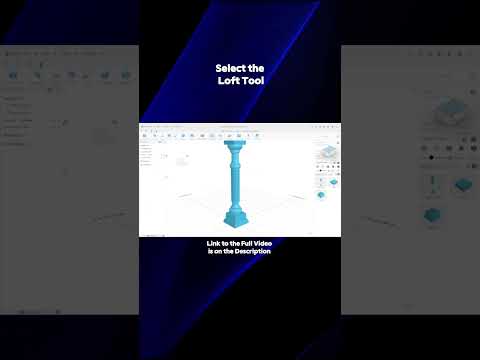Your Cart is Empty
Customer Testimonials
-
"Great customer service. The folks at Novedge were super helpful in navigating a somewhat complicated order including software upgrades and serial numbers in various stages of inactivity. They were friendly and helpful throughout the process.."
Ruben Ruckmark
"Quick & very helpful. We have been using Novedge for years and are very happy with their quick service when we need to make a purchase and excellent support resolving any issues."
Will Woodson
"Scott is the best. He reminds me about subscriptions dates, guides me in the correct direction for updates. He always responds promptly to me. He is literally the reason I continue to work with Novedge and will do so in the future."
Edward Mchugh
"Calvin Lok is “the man”. After my purchase of Sketchup 2021, he called me and provided step-by-step instructions to ease me through difficulties I was having with the setup of my new software."
Mike Borzage
Rhino 3D Tip: Optimizing Workflow Efficiency with the Filter Command in Rhino 3D
January 04, 2025 3 min read

The Filter Command in Rhino 3D is an essential tool for streamlining your workflow, especially when dealing with complex models containing numerous objects. It allows you to specify the types of objects you want to select, making the selection process more precise and efficient.
Here's how to make the most of the Filter Command:
- Accessing the Filter Panel: Navigate to the Panels menu and select Filters. The Filter panel can be docked anywhere in your workspace for convenient access.
- Understanding Filter Options: The panel displays a list of object types such as Points, Curves, Surfaces, Polysurfaces, Meshes, and more. By default, all object types are enabled for selection.
- Enabling and Disabling Object Selection: Click the checkbox next to an object type to enable or disable its selection. Disabled object types will be ignored during selection operations, preventing accidental modifications.
-
Using Quick Toggles:
- Enable All: Quickly enable all object types for selection by clicking the All button.
- Disable All: Disable all object types to start a fresh selection filter by clicking the None button.
-
Customizing Selections: Tailor your selection filters based on your current task. For example:
- Working on control points? Enable only Points.
- Editing mesh objects? Enable Meshes and disable other types.
- Locking Filters: Use the lock icon next to each filter to prevent accidental changes to your selection settings. Locked filters maintain their status until unlocked.
- Keyboard Shortcuts: Assign custom keyboard shortcuts to toggle filters on and off for even quicker access. This can be set up in the Rhino Options under Keyboard.
By effectively utilizing the Filter Command, you can:
- Reduce the time spent selecting unintended objects.
- Prevent errors caused by modifying the wrong object types.
- Enhance your overall productivity in the modeling process.
Practical Example:
Imagine you're working on an architectural model composed of walls (surfaces), structural elements (curves), and furniture (blocks). You need to adjust the walls without affecting other components.
- Open the Filter panel.
- Click None to disable all object types.
- Enable the checkbox next to Surfaces.
- Select and modify the walls confidently, knowing other objects won't be accidentally selected.
Advanced Tips:
- Combining Filters with Selection Commands: Use selection commands like SelAll, SelNone, SelPrev, etc., in conjunction with filters for refined control.
- Visual Indicators: Pay attention to the status bar at the bottom of the Rhino interface. When filters are active, a notification appears reminding you that selection filters are in effect.
- Scripting and Macros: For advanced users, incorporate filter settings into custom scripts or macros to automate repetitive tasks and enhance efficiency.
For more insights and professional-grade tools to elevate your Rhino 3D experience, visit NOVEDGE, the leading online store for design software and technology. NOVEDGE offers expert advice and a wide range of products to support your creative projects.
Enhancing Workflow with Filters:
Integrating the Filter Command into your regular workflow can significantly improve precision when editing complex models:
- Error Reduction: By selecting only the intended object types, you reduce the risk of unintended modifications.
- Focus on Specific Tasks: Filters allow you to concentrate on one aspect of your model at a time, streamlining the editing process.
- Customization: Save filter settings for recurring tasks to maintain consistency across projects.
Conclusion:
The Filter Command is a powerful, yet often underutilized, feature in Rhino 3D. Whether you're a beginner or an experienced designer, mastering this tool can dramatically enhance your modeling efficiency. By refining your selection process, you can work more accurately and save time.
Stay ahead in your field by continuously learning and adopting new techniques. For further learning resources, updates on the latest software, and professional support, explore NOVEDGE.
Embrace the power of the Filter Command to take full control of your design process and produce high-quality models with confidence.
Happy modeling!
You can find all the Rhino products on the NOVEDGE web site at this page.
Also in Design News

💎 Rhino Artisan Arrives in Turkey: Revolutionizing Jewelry Design
February 27, 2025 1 min read
Read More
ZBrush Tip: Mastering Curve Surface for Unique Textures in ZBrush
February 27, 2025 2 min read
Read MoreSubscribe
Sign up to get the latest on sales, new releases and more …



